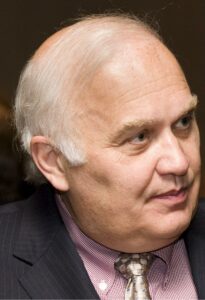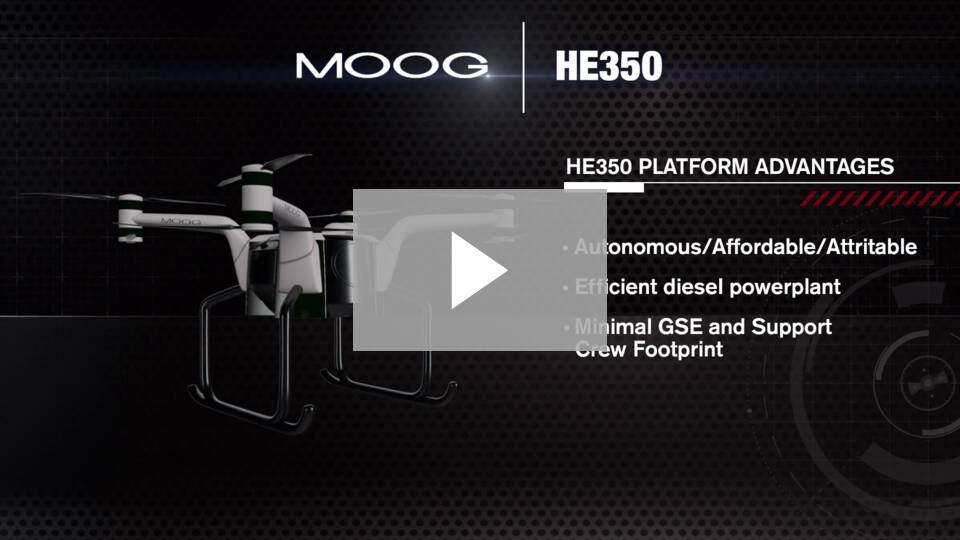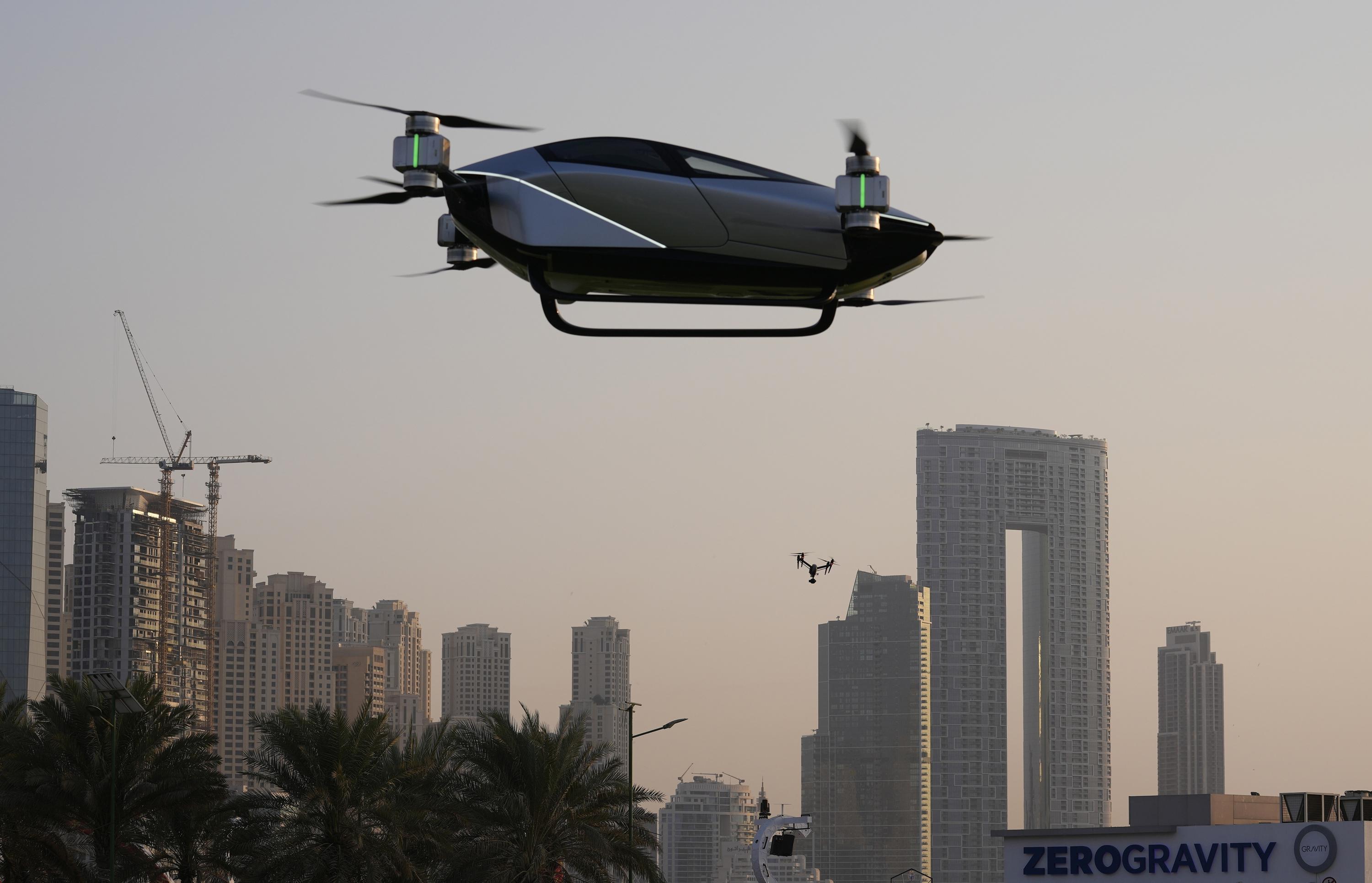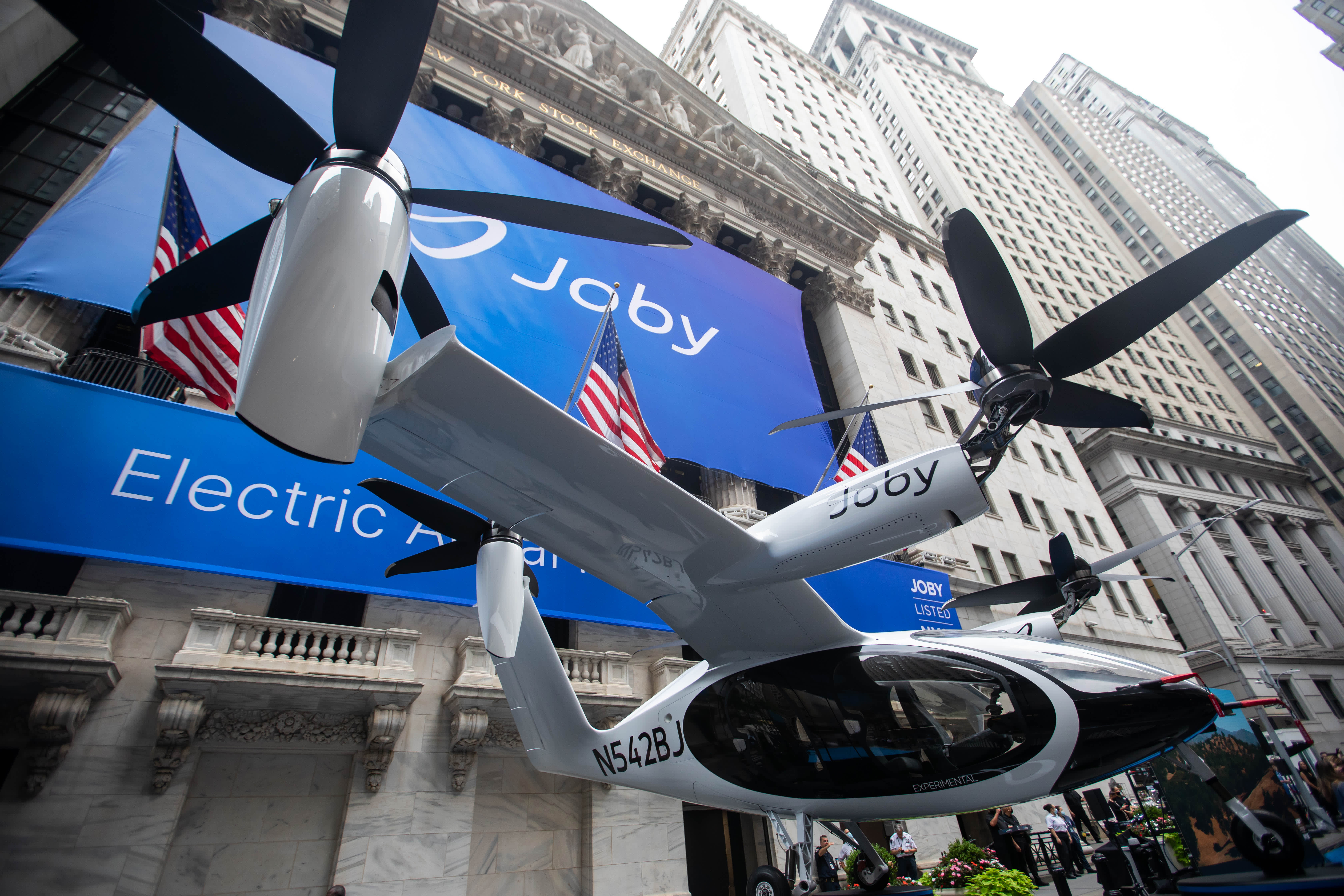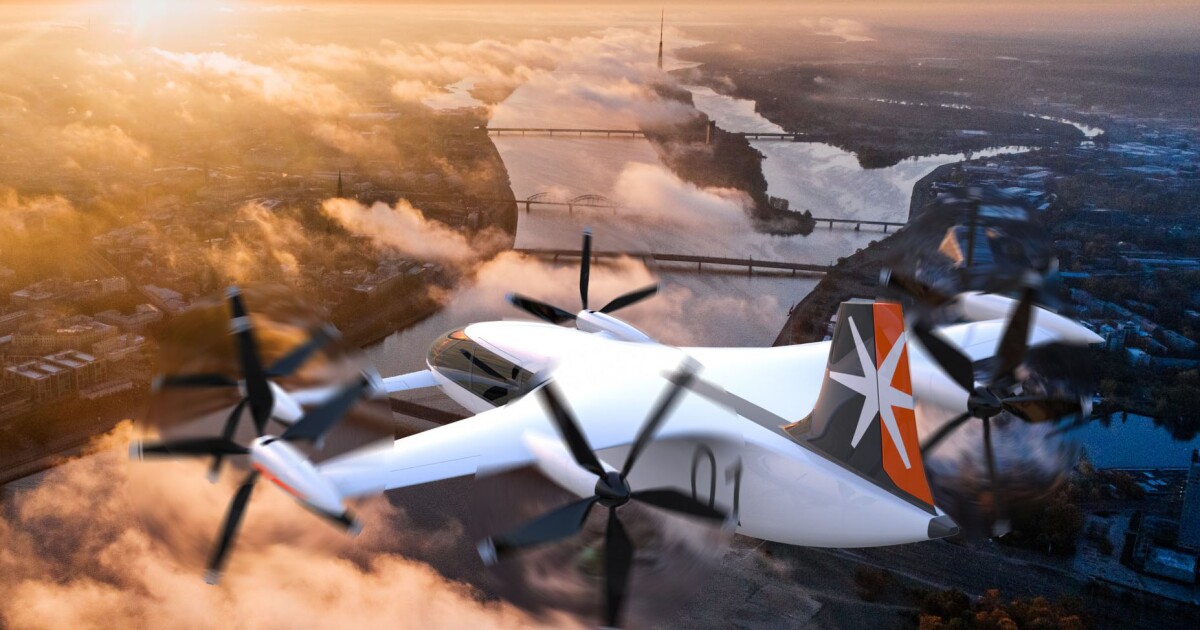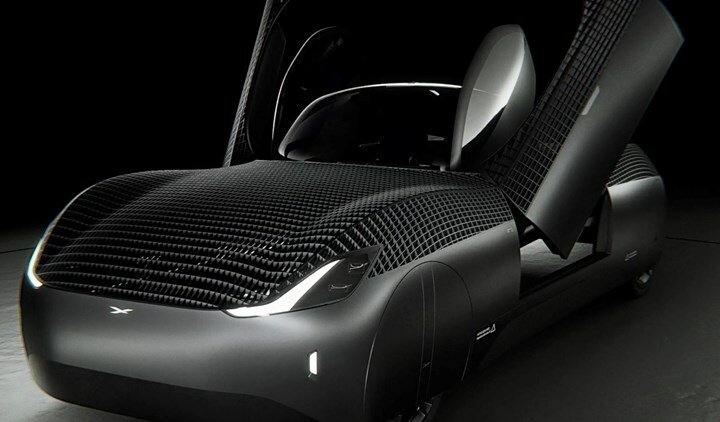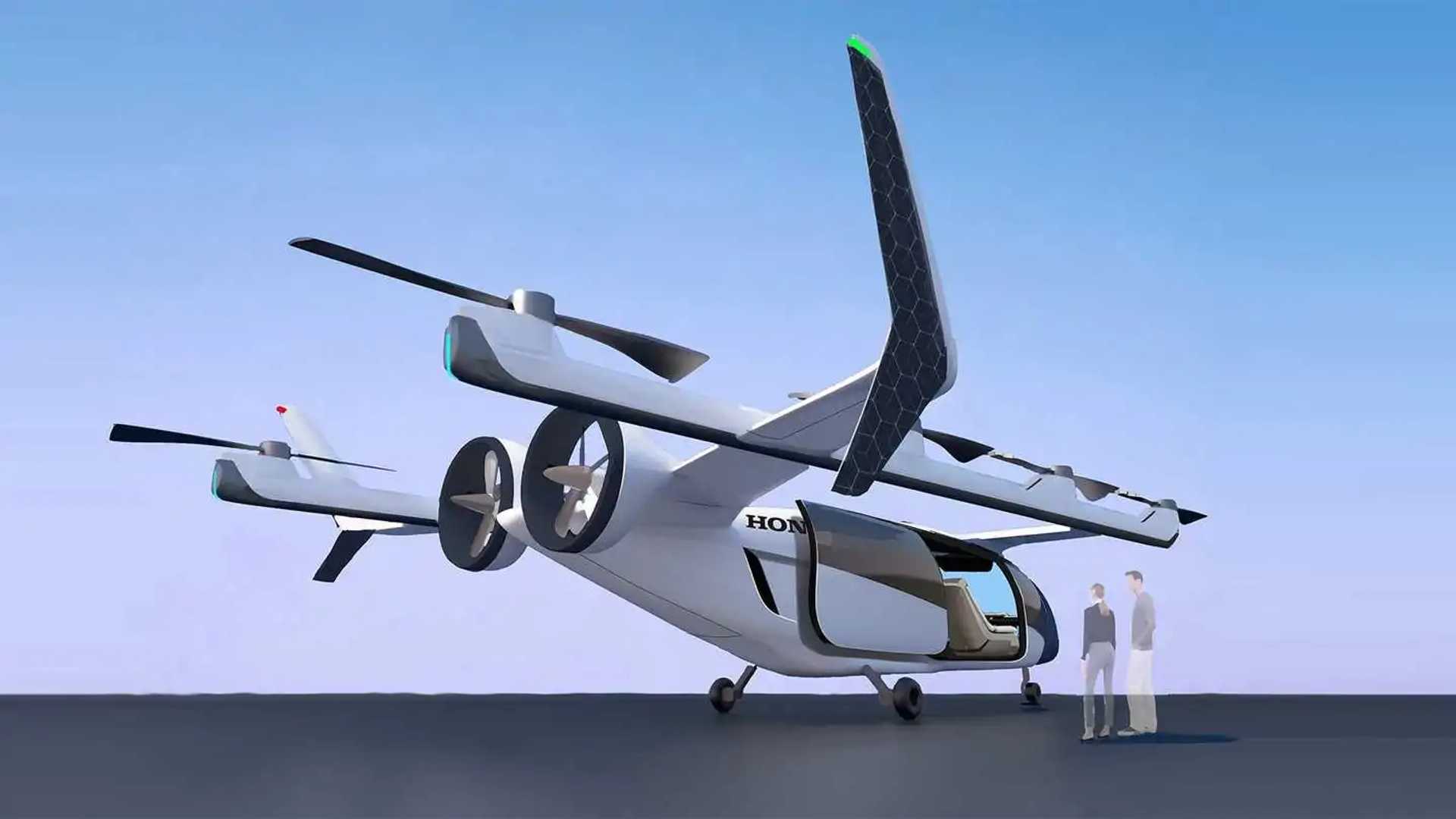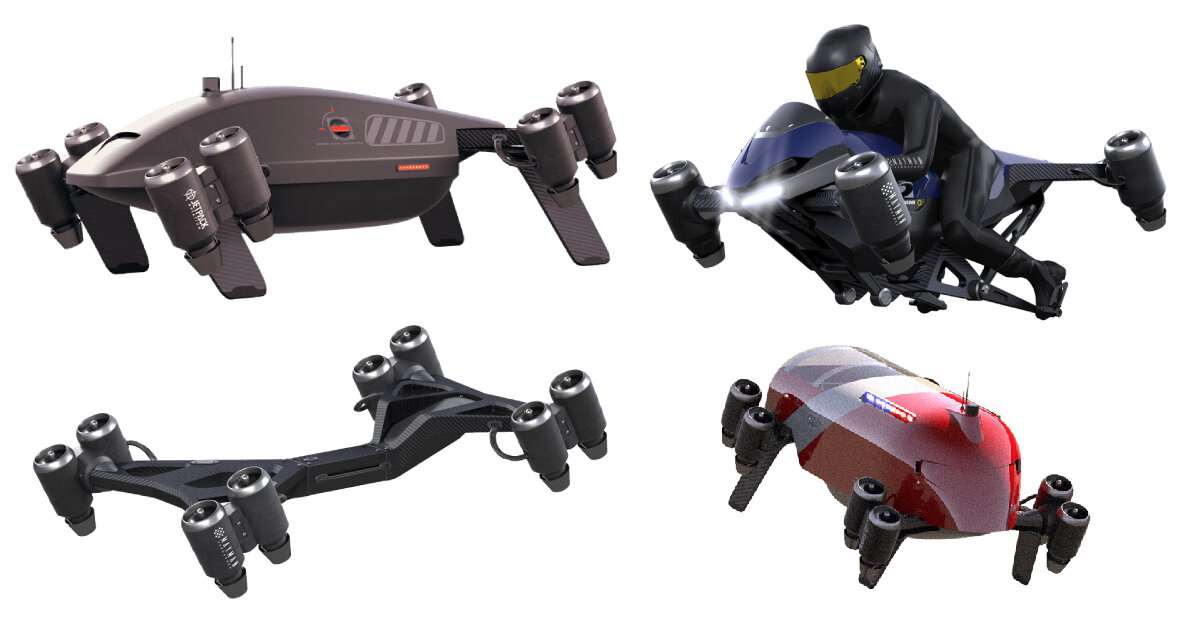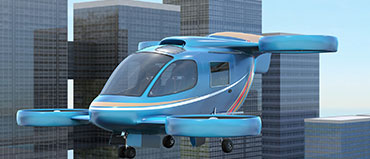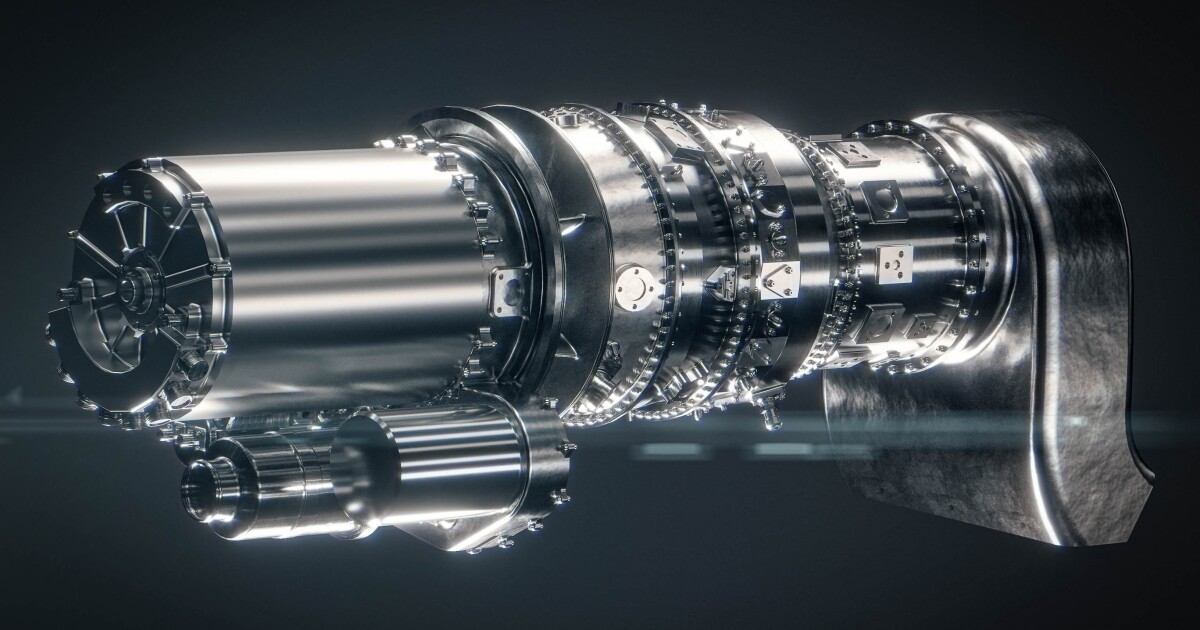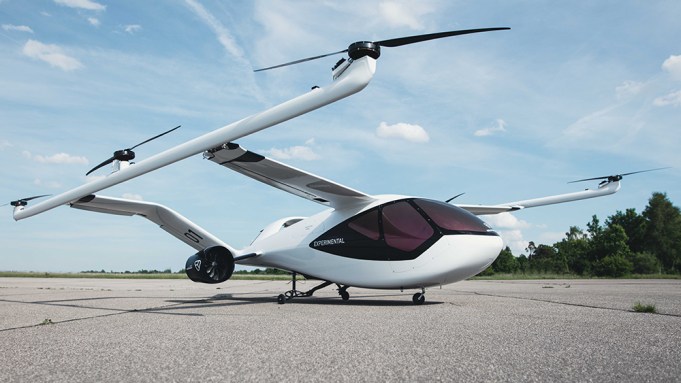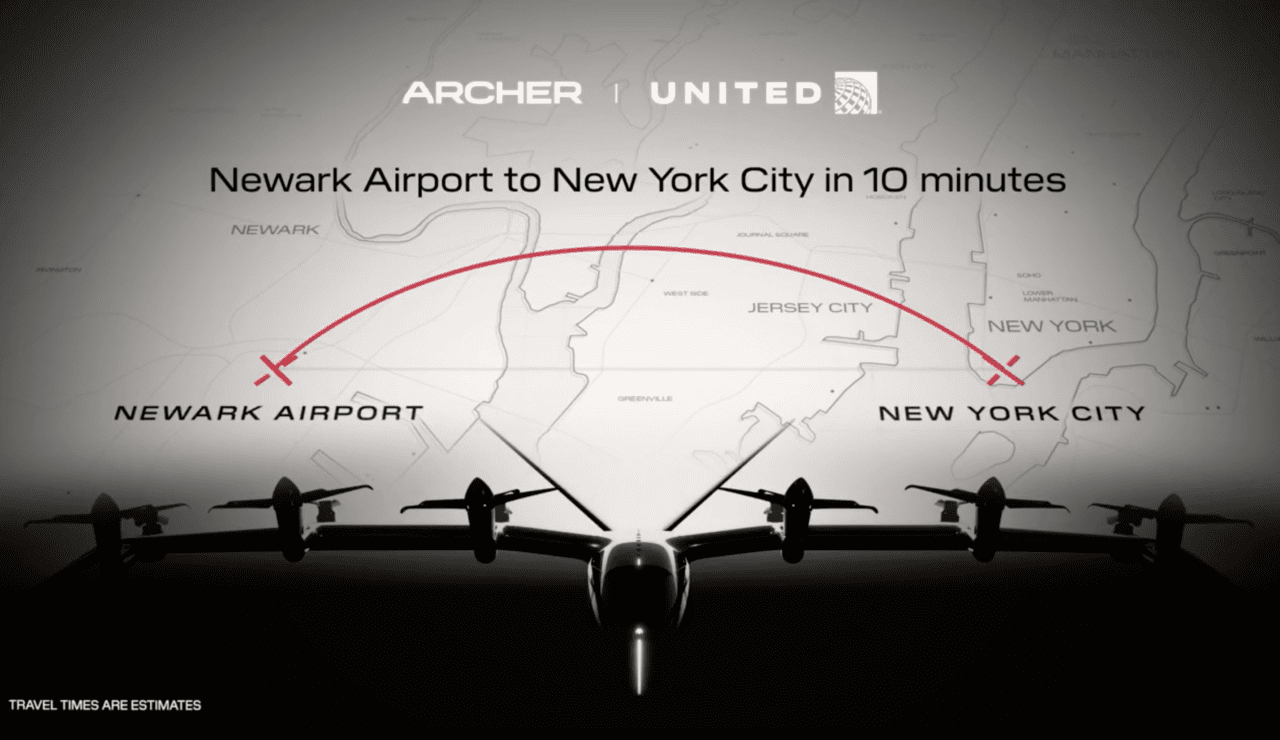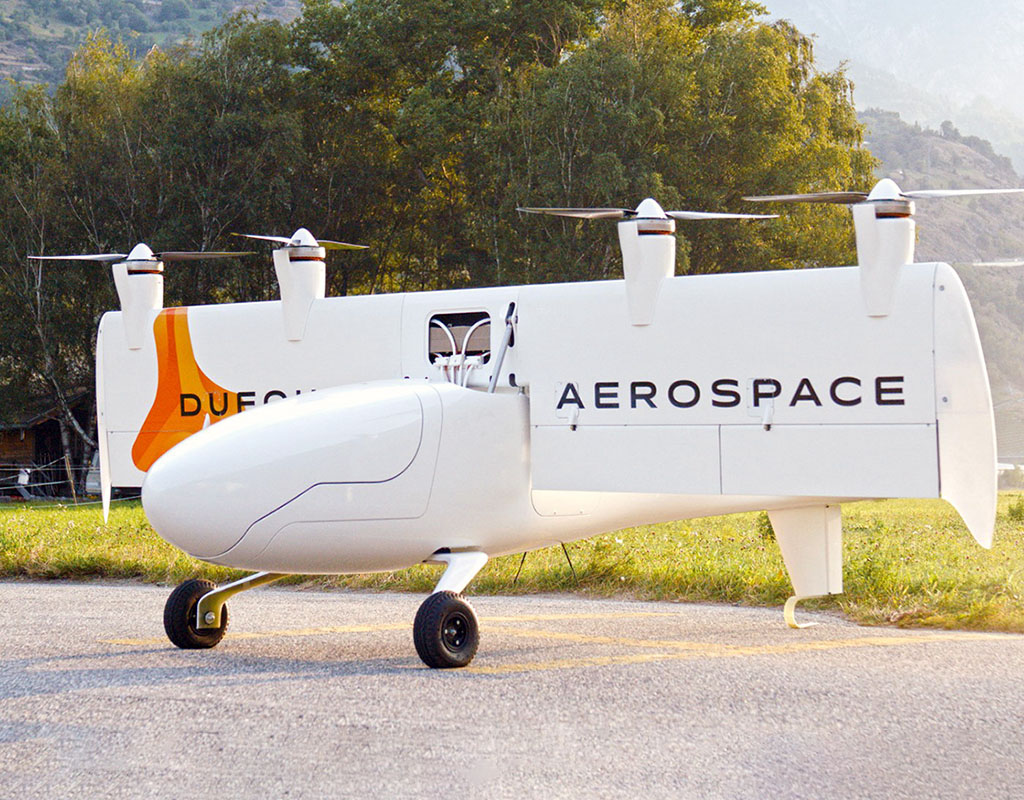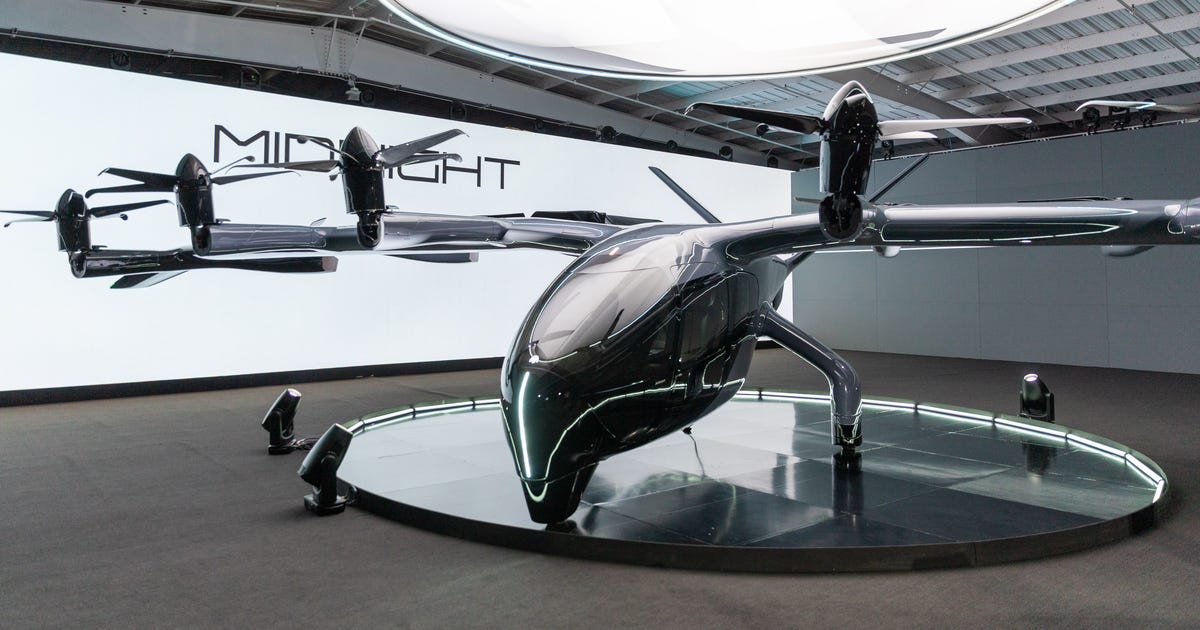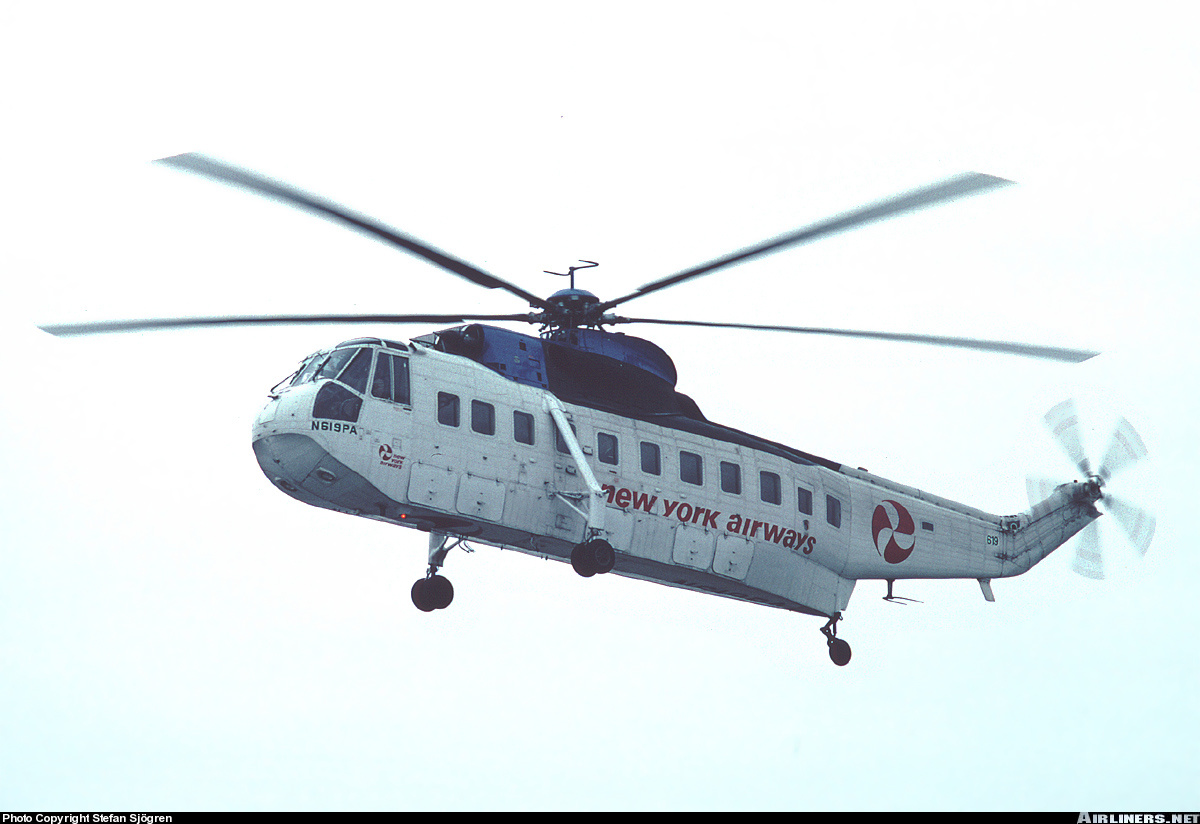alberchico
I really should change my personal text
- Joined
- 14 January 2014
- Messages
- 707
- Reaction score
- 1,513
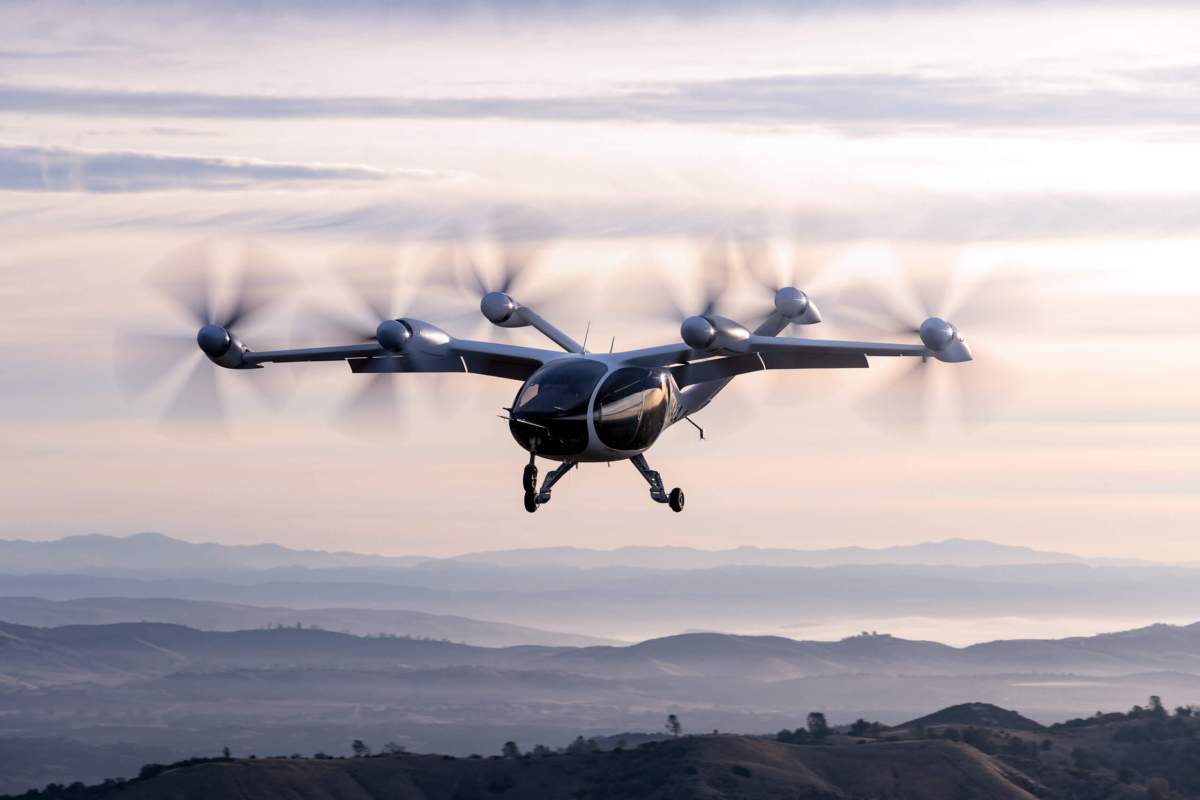
Bleecker Street Research – Joby Aviation (JOBY): “Uber Meets Tesla In The Sky” Is Set To Crash And Burn
This is a very compelling report from Bleecker Street Research By 2024 the FAA will approve a new style of aircraft. It’s electric, and takes off and lands vertically, an “eVTOL.” These will immedi…
www.suasnews.com
An interesting critical analysis of Joby's long term projections of building thousands of evtol's versus the reality of what they're telling local authorities. Here are 2 relevant quotes :
"Joby tells investors it will soon have many aircraft coming off the production line. However, local government files obtained through a public records request show that Joby seems to have massively overstated its production plans to investors. "
"Joby is telling local authorities that its initial plan “is to build up to 10 planes per year in the next couple of years, and up to 30 planes in about 5-7 years.” Joby has told investors it will manufacture over 100 planes in 2024."
So basically they are flat out lying to their investors. This video was posted previously, but it analyzes Joby's evtol project in great detail and points out some problems with it.

